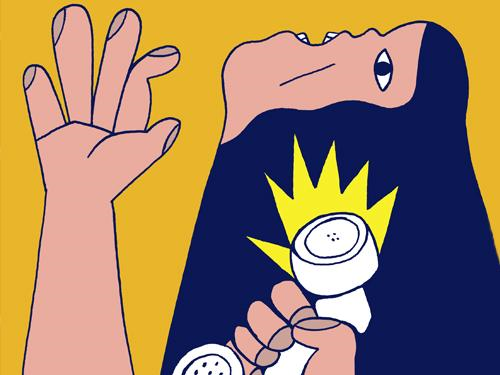All-or-nothing thinking. Also known as black-and-white thinking, it’s a cognitive trap that many of us fall into, especially high achievers, leaders, and entrepreneurs.
It’s the voice in your head that says:
- “If I can’t work out for a full hour, it doesn’t count.”
- “If I don’t nail this presentation, it’ll be a total disaster.”
- “If I’m not an expert, I shouldn’t put myself out there.”
Sound familiar?
This kind of binary thinking simplifies a complex world into extremes. Our brains love simplicity. It saves energy. It creates certainty. But it also comes at a cost: it strips away nuance, flexibility, progress, and resilience.
Why Our Brains Love Black-and-White Thinking
Cognitively, all-or-nothing thinking is a shortcut. As psychologist Dr. David Burns writes in The Feeling Good Handbook, it’s one of the most common distortions our minds make when we’re under stress, pressure, or trying to protect our self-image.
When the brain is overwhelmed, it defaults to binaries: success/failure, good/bad, in/out. It gives us the illusion of control in uncertain situations—but that illusion can block us from seeing incremental progress, learning opportunities, and realistic paths forward.
When It Becomes a Barrier
Here’s how all-or-nothing thinking shows up in real life and business:
1. Exercise & Healthy Habits
- Thought: “If I can’t do a full 60-minute workout, why bother?”
- Result: You skip it altogether.
- Reframe: “Fifteen minutes is better than zero. I’m reinforcing my identity as someone who moves.”
2. Leadership & Delegation
- Thought: “Either I hand it off completely, or I need to do it myself.”
- Result: You micromanage or burn out.
- Reframe: “Delegation is an investment in others’ capability, not a shortcut for my comfort.”
3. Professional Growth & Visibility
- Thoughts: “I need the perfect brand before I launch.” or “If I’m not growing fast, I’m falling behind.”
- Result: You delay, procrastinate, or hide.
- Reframe: “My path, my pace. Growth has seasons.”
What to Do Instead
The antidote to all-or-nothing thinking isn’t to force ourselves into blind optimism. It’s to practice flexible thinking. Behavioral research and cognitive therapy models like CBT (Cognitive Behavioral Therapy) show that learning to notice and challenge distorted thought patterns is one of the most powerful tools for long-term mental fitness.
Try These:
- Catch the distortion: Name it. “Ah, this is all-or-nothing thinking.”
- Shrink the goal: Ask, “What’s the smallest next step I can take?”
- Build the middle path: Progress > perfection. Momentum > mastery.
- Reward consistency: Even tiny wins create new neural pathways for success.
As James Clear notes in Atomic Habits, “You do not rise to the level of your goals. You fall to the level of your systems.”
And systems thrive on consistency, not intensity.
Final Thought
We don’t have to earn our progress through extremes. Real growth happens in the gray space -the space between all and nothing. That’s where we find movement, learning, and momentum.
And that’s where we start to build something sustainable.
References & Further Reading:
- Burns, D. D. (1999). The Feeling Good Handbook. Penguin.
- Clear, J. (2018). Atomic Habits. Avery.
- Beck, J. S. (2011). Cognitive Behavior Therapy: Basics and Beyond. Guilford Press.
- Psychology Tools: Cognitive Distortions
- Harvard Health: Recognizing Cognitive Distortions



